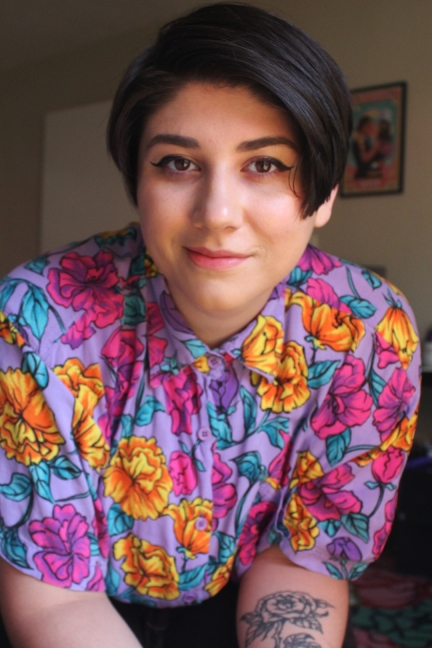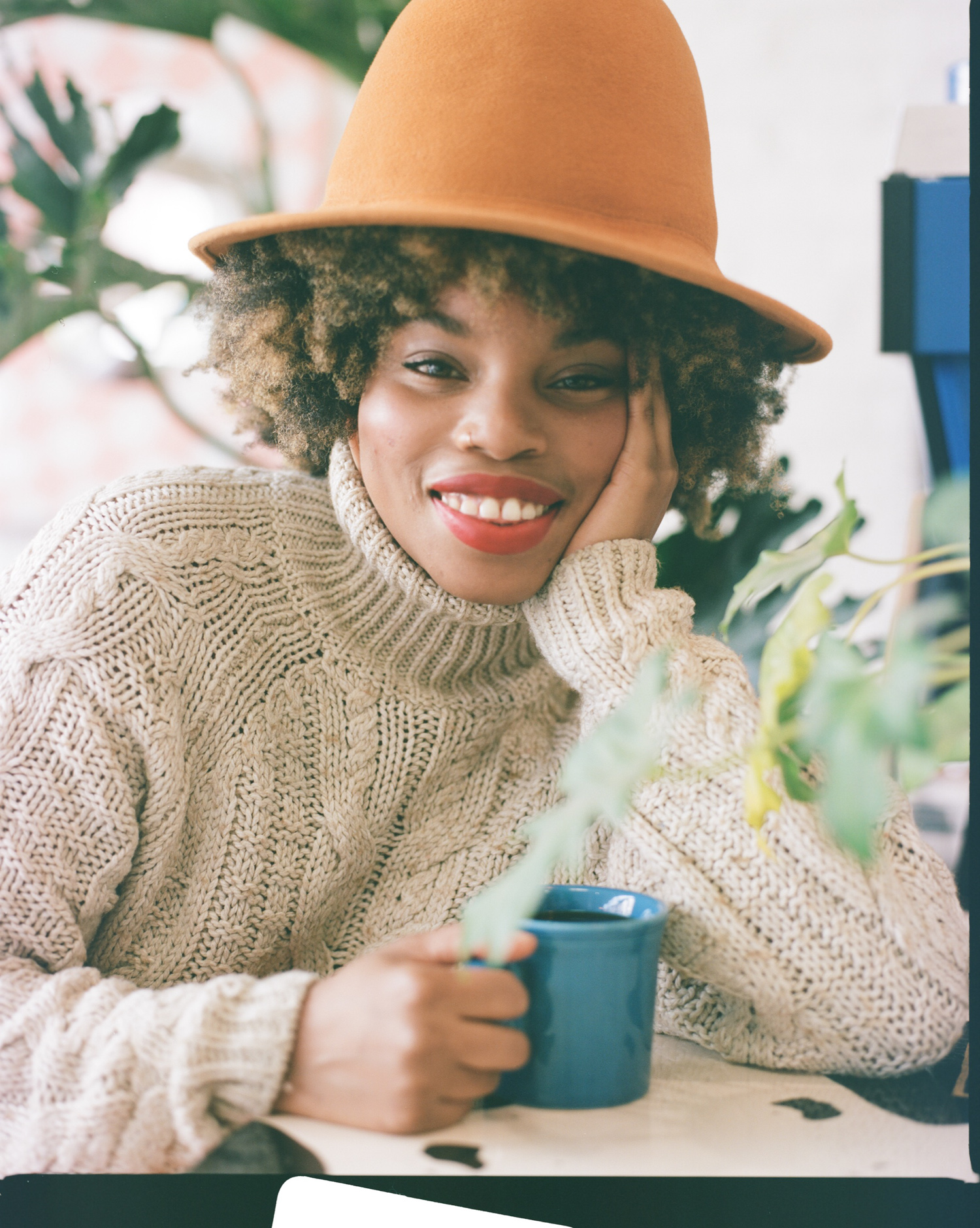
by Michele Kirichanskaya | Mar 26, 2024 | Blog
Rose Bousamra is a freelance illustrator and comic creator born and based in Michigan. Frizzy (with Claribel A. Ortega), winner of the 2023 Pura Belpré Award for Children’s Text, is their first graphic novel, with their solo debut graphic novel Gutless also...

by Michele Kirichanskaya | Jul 13, 2022 | Blog
LaTonya Yvette was born in Brooklyn, New York with three brothers and one sister. It is the same place she now calls home with her daughter, River and her son Oak. She began her career as a stylist, where she often helped women and new mothers dress for their changing...




